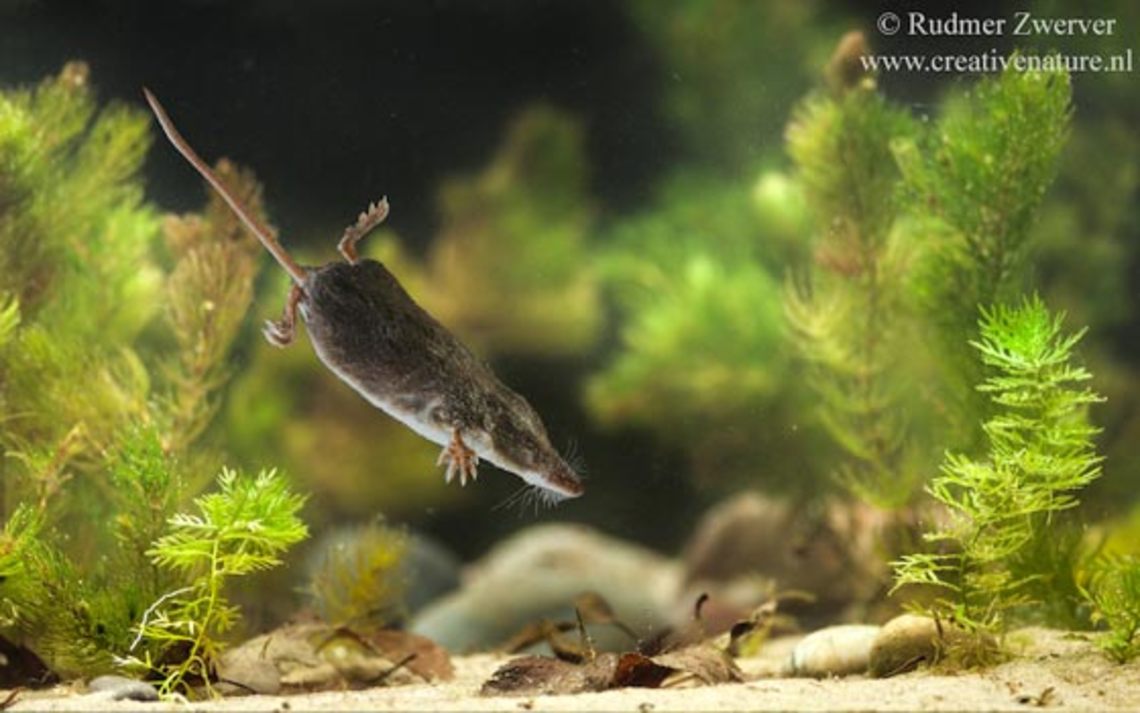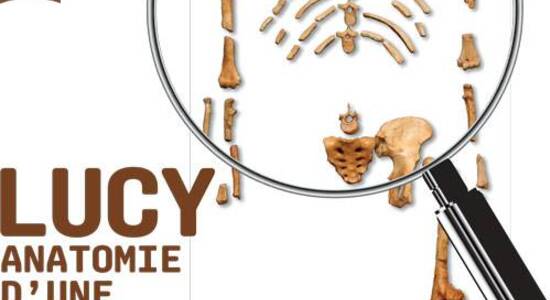Publication PNAS
Publié par Laboratoire PALEVOPRIM, le 14 avril 2020 730
Convergent evolution of olfactory and thermoregulatory capacities in small amphibious mammals
Olfaction and thermoregulation are key functions for mammals. The former is critical to feeding, mating, and predator avoidance behaviors, while the latter is essential for homeothermy. Aquatic and amphibious mammals face olfactory and thermoregulatory challenges not generally encountered by terrestrial species. In mammals, the nasal cavity houses a bony system supporting soft tissues and sensory organs implicated in either olfactory or thermoregulatory functions. It is hypothesized that to cope with aquatic environments, amphibious mammals have expanded their thermoregulatory capacity at the expense of their olfactory system. We investigated the evolutionary history of this potential trade-off using a comparative dataset of three-dimensional (3D) CT scans of 189 skulls, capturing 17 independent transitions from a strictly terrestrial to an amphibious lifestyle across small mammals (Afrosoricida, Eulipotyphla, and Rodentia). We identified rapid and repeated loss of olfactory capacities synchronously associated with gains in thermoregulatory capacity in amphibious taxa sampled from across mammalian phylogenetic diversity. Evolutionary models further reveal that these convergences result from faster rates of turbinal bone evolution and release of selective constraints on the thermoregulatory-olfaction trade-off in amphibious species. Lastly, we demonstrated that traits related to vital functions evolved faster to the optimum compared to traits that are not related to vital functions.
Références
Martinez Q., Clavel J., Esselstyn J., Achmadi A.S., Grohé C., Pirot N., Fabre P.-H. 2020. Convergent evolution of olfactory and thermoregulatory capacities in small amphibious mammals. PNAS. DOI: 10.1073/pnas.1917836117




